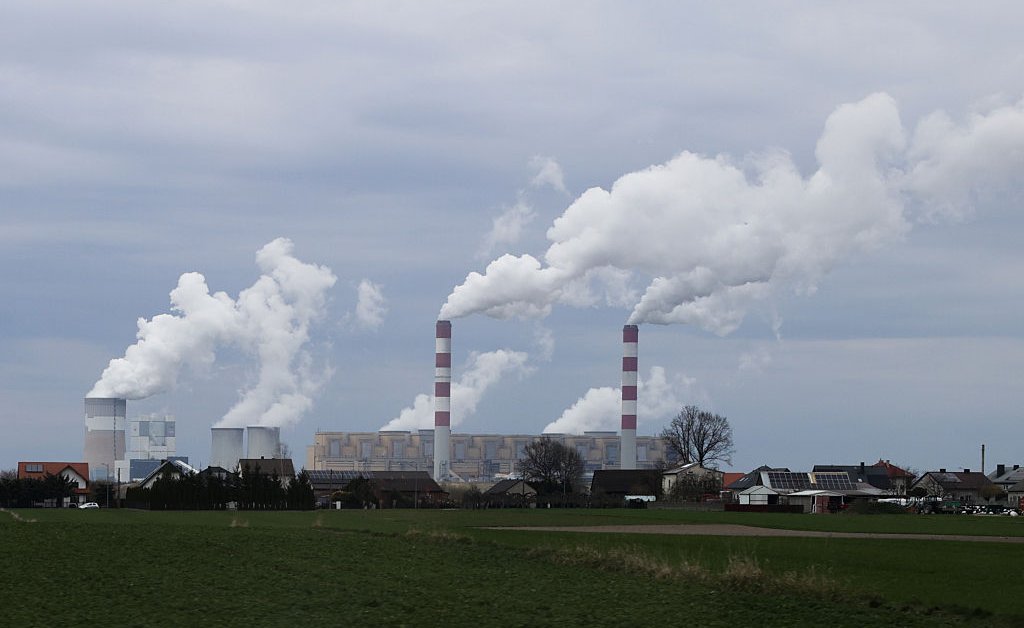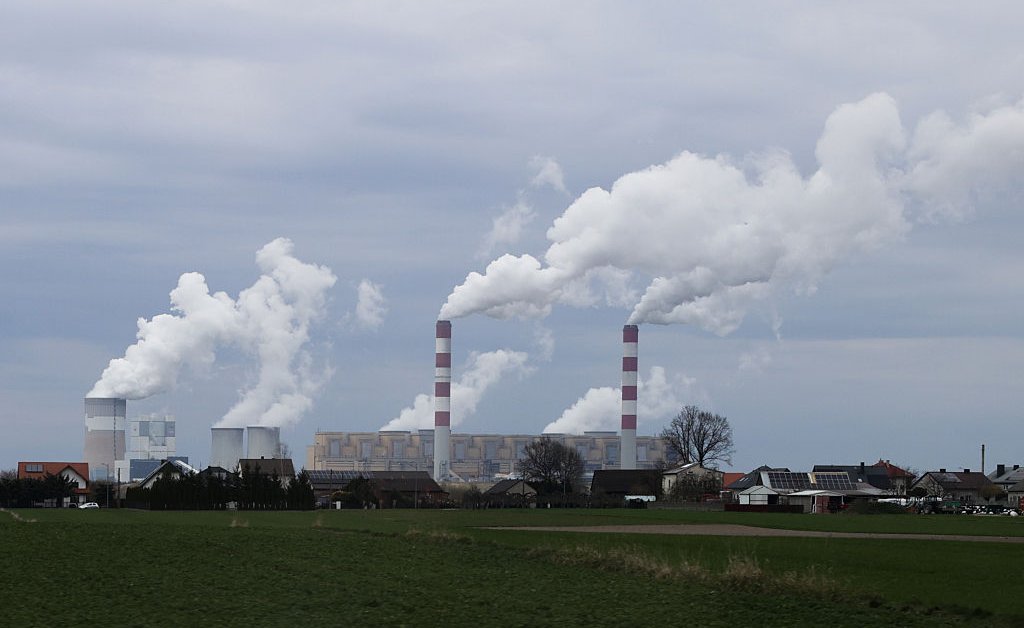Cutting Emissions: A Public Health Imperative To Reduce Air Pollution Mortality

Welcome to your ultimate source for breaking news, trending updates, and in-depth stories from around the world. Whether it's politics, technology, entertainment, sports, or lifestyle, we bring you real-time updates that keep you informed and ahead of the curve.
Our team works tirelessly to ensure you never miss a moment. From the latest developments in global events to the most talked-about topics on social media, our news platform is designed to deliver accurate and timely information, all in one place.
Stay in the know and join thousands of readers who trust us for reliable, up-to-date content. Explore our expertly curated articles and dive deeper into the stories that matter to you. Visit Best Website now and be part of the conversation. Don't miss out on the headlines that shape our world!
Table of Contents
Cutting Emissions: A Public Health Imperative to Reduce Air Pollution Mortality
Air pollution is a silent killer, claiming millions of lives annually. The World Health Organization (WHO) estimates that 7 million premature deaths are attributable to air pollution each year, a staggering statistic highlighting the urgent need for aggressive emission reduction strategies. This isn't just an environmental issue; it's a profound public health crisis demanding immediate action. Cutting emissions is no longer a matter of debate; it's a public health imperative.
The Deadly Link Between Air Pollution and Mortality
The link between air pollution and mortality is well-established. Inhaling polluted air exposes individuals to a cocktail of harmful pollutants, including particulate matter (PM2.5 and PM10), ozone, nitrogen dioxide, and sulfur dioxide. These pollutants trigger a cascade of adverse health effects, leading to:
- Respiratory illnesses: Asthma, bronchitis, chronic obstructive pulmonary disease (COPD), and lung cancer are significantly exacerbated by poor air quality.
- Cardiovascular diseases: Air pollution contributes to heart attacks, strokes, and other cardiovascular ailments, increasing the risk of premature death.
- Neurological disorders: Studies increasingly link air pollution to cognitive decline, dementia, and other neurological problems, particularly in children and the elderly.
- Increased risk of premature birth and low birth weight: Pregnant women exposed to high levels of air pollution are at a greater risk of complications.
The Urgent Need for Emission Reduction Strategies
To effectively combat this public health emergency, a multi-pronged approach to emission reduction is crucial. This includes:
- Transitioning to renewable energy sources: Investing in solar, wind, and other renewable energy technologies is vital to reducing reliance on fossil fuels, a major contributor to air pollution. Learn more about the benefits of renewable energy [link to a relevant article/website].
- Improving vehicle emissions standards: Stricter regulations on vehicle emissions, coupled with incentives for electric vehicle adoption, can significantly reduce air pollution from the transportation sector.
- Promoting sustainable transportation: Encouraging the use of public transportation, cycling, and walking can help reduce reliance on private vehicles.
- Implementing stricter industrial emission controls: Industries must adopt cleaner production technologies and adhere to stringent emission standards to minimize their environmental impact.
- Improving air quality monitoring and forecasting: Real-time monitoring and accurate forecasting can help individuals and public health authorities take proactive measures to protect vulnerable populations.
Investing in Public Health: A Long-Term Solution
Addressing air pollution mortality is not just about immediate health benefits; it's about building a healthier and more sustainable future. Investing in emission reduction strategies is an investment in public health, leading to:
- Reduced healthcare costs: Fewer respiratory and cardiovascular illnesses mean lower healthcare expenditure.
- Improved quality of life: Cleaner air translates to improved respiratory health, increased physical activity, and a better overall quality of life.
- Increased economic productivity: A healthier population is a more productive population.
The evidence is clear: cutting emissions is a critical step towards protecting public health and saving lives. We need strong political will, innovative technologies, and collaborative efforts from governments, industries, and individuals to achieve meaningful reductions in air pollution and mitigate its devastating impact on global mortality. The time for action is now. Let's work together to breathe easier and build a healthier future for all.

Thank you for visiting our website, your trusted source for the latest updates and in-depth coverage on Cutting Emissions: A Public Health Imperative To Reduce Air Pollution Mortality. We're committed to keeping you informed with timely and accurate information to meet your curiosity and needs.
If you have any questions, suggestions, or feedback, we'd love to hear from you. Your insights are valuable to us and help us improve to serve you better. Feel free to reach out through our contact page.
Don't forget to bookmark our website and check back regularly for the latest headlines and trending topics. See you next time, and thank you for being part of our growing community!
Featured Posts
-
 Massachusetts Karen Read Murder Trial Crucial Trooper Testimony Heard
May 10, 2025
Massachusetts Karen Read Murder Trial Crucial Trooper Testimony Heard
May 10, 2025 -
 Investigating Siri Legal Action For Users Between 2014 And 2024
May 10, 2025
Investigating Siri Legal Action For Users Between 2014 And 2024
May 10, 2025 -
 Jabeur Vs Kvitova Rome Open Preview Tv Listings And Betting Odds
May 10, 2025
Jabeur Vs Kvitova Rome Open Preview Tv Listings And Betting Odds
May 10, 2025 -
 Hamilton And Ocon Find Common Ground Amidst Ferraris Recent Difficulties
May 10, 2025
Hamilton And Ocon Find Common Ground Amidst Ferraris Recent Difficulties
May 10, 2025 -
 Cutting Emissions To Save Lives The Link Between Air Pollution And Mortality
May 10, 2025
Cutting Emissions To Save Lives The Link Between Air Pollution And Mortality
May 10, 2025
